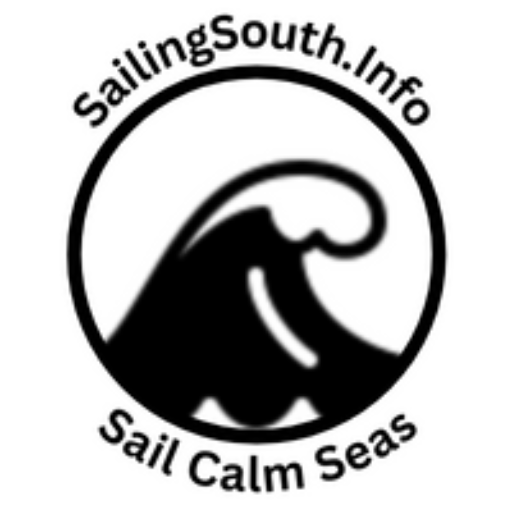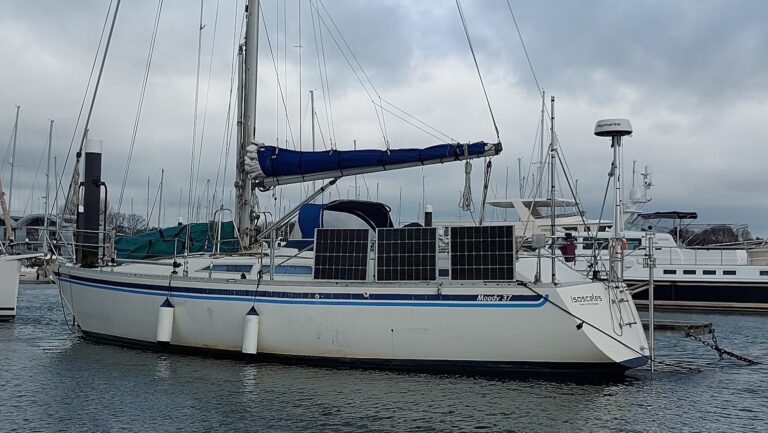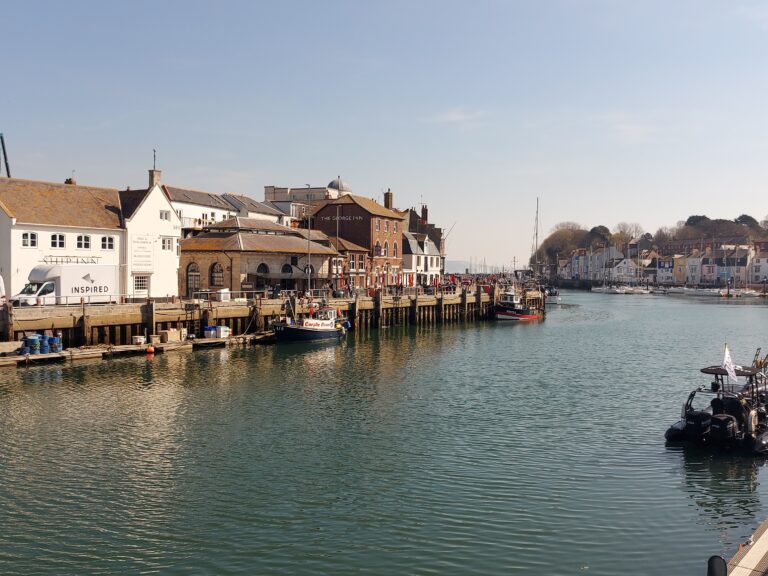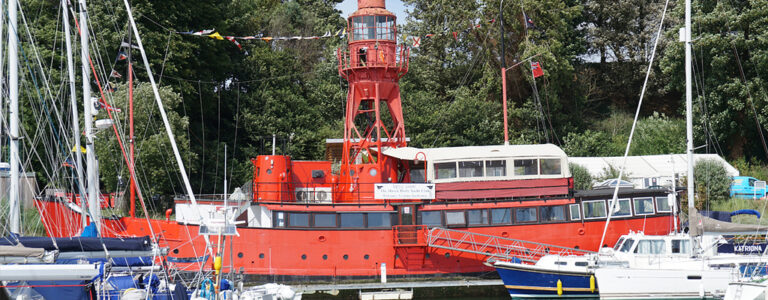When I last posted here a couple of weeks ago, Isosceles sat in Portland marina while I was sunning myself in beautiful Weymouth. Since then I’ve been enjoying the sights of the English Riviera and south Devon. No, I haven’t moved particularly far, but that doesn’t mean nothing has been happening …
When is an Island not an Island?
The Isle of Portland is situated on the Jurassic coast of Dorset. The island itself is four miles from top to bottom by a mile and a half wide. But is it an Island? It joins to the mainland via the eighteen mile long Chesil Beach, a shingle spit that joins land at both ends. That is to say the beach is eighteen miles long, not the distance between Portland and the mainland. For the technically minded, geologists call this a “tied island”, where it isn’t solid land connecting the two, but a sand or shingle causeway.
For the outdoor lover there is plenty to see on the Isle of Portland, especially when storm brews up and the Portland Race decides to kick up a fuss. But I needed to catch the tide and move on.
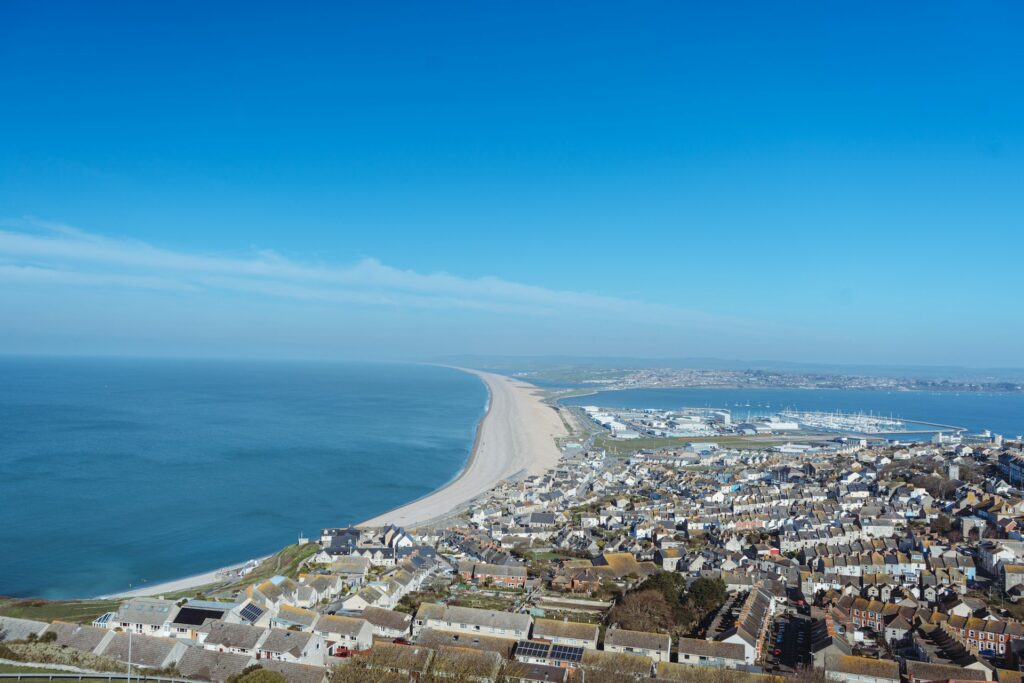
Image by Benjamin Elliott on Unsplash
Portland Race is the area out to sea off the southern end of the island. Lyme bay to the west of Portland is immense. The tides sweep round this long curving coastline and out into the tides flowing along the English Channel. On the eastern side of the promontory there is Weymouth bay, not as large, but still forcing the tides and currents out and round the headland. Under the surface there is an uneven seabed that churns up the water as it flows over, round and through these rocks. The result is an area that is very uncomfortable at best. But also incredibly dangerous in stormy or wind against tide conditions.
Rounding Portland Bill
To get around Portland Bill there are two choices. You can either go around seven miles to the south and avoid everything. Or you go in close to the headland when the tide is in your favour, or when there is no tide. When I say you go close to the headland, I mean close. Nervously close to some very solid, angular and sharp bits of rock.
When I set off at a little after 9 on the Friday it was really a little early to be going around the Bill. Only by half an hour or so, but it was calm so I expected it to be okay. As I set out is was still as a mill pond. The sea was flatter than a flat thing that’s been flattened by a flat iron. Barely a ripple disturbed the surface.
There was a haze of mist heading off towards the cliffs heading eastward, but the sun was out. I motored out through the huge breakwaters that guard what was once a naval base, from a time when we had some ships in our navy, and then headed the five miles south along the east side of the Isle of Portland.
The seas were a little bouncy when as I approached the headland, it was still a little early, but the lack of even a breath of wind kept things calm as I passed within throwing distance of the craggy shoreline. I wouldn’t want to pass this way at the wrong stage of tide or in heavy weather, and definitely not with both against me.
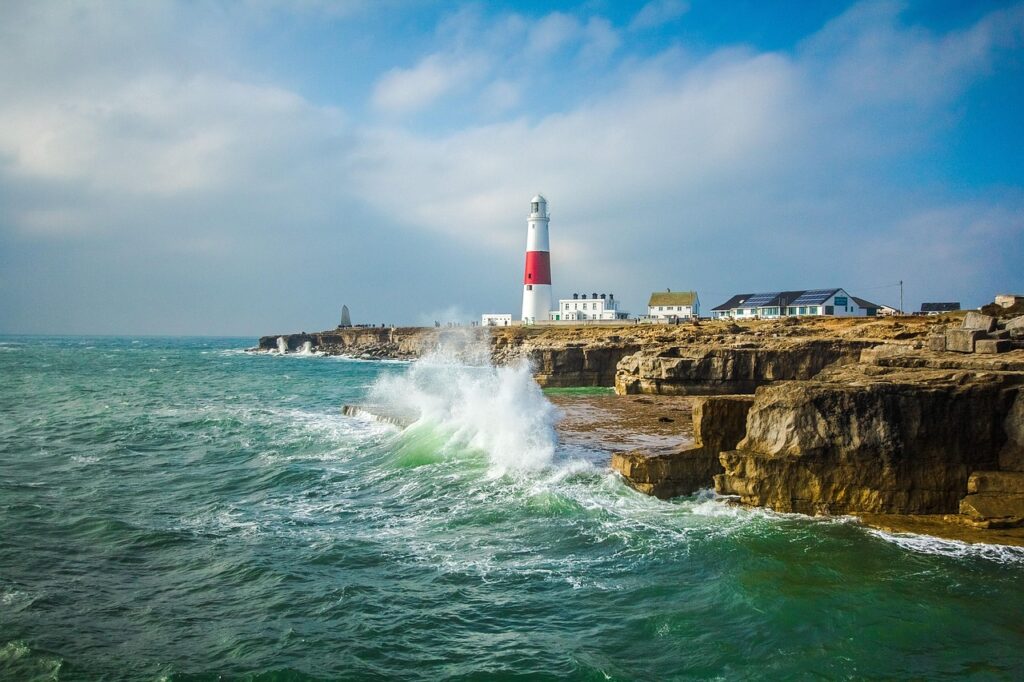
Image by Roman Grac from Pixabay
Torquay
The remainder of the trip across Lyme bay was an uneventful plod under engine. I pressed on aiming for the English Rivera, Torbay.
I had sailed this way in 2022 with my friends from Poole. On that trip we had spent a couple of nights in Brixham, a fishing and tourist town at the south end of Torbay. This time I decided to explore the delights of Torquay at the northern end of the bay. I’m not going to say I was unimpressed, but I only stayed one night. I’m sure the younger, or more party orientated, would have found plenty to keep them amused. However I have to be in the mood for bright lights and music from all directions.
River Dart
The following day I went to find the supermarket for a top-up of fresh supplies and then headed out again. The difference in the sea conditions from the previous day was like chalk and cheese. There was still no wind, so I have no idea where they came from, but the waves were long, rolling and sometimes pretty big. The tide was running with me and pushing me along at quite a rate.
I played slalom with the fishing pot marker buoys along the way, but it was often difficult to see them until quite late on. The tide was running so quickly that it was pulling them just below the surface. Also, I saw my first dolphins of the trip that day, though they were off to one side and didn’t come to play. Seeing dolphins in the wild never gets old.
Soon I was round to the beautiful River Dart. I headed up river to Dittisham where I settled in for the remainder of the week. This is one of my all time favourite spots. I first came here as a teenager with my parents, and I’ve loved the place ever since.
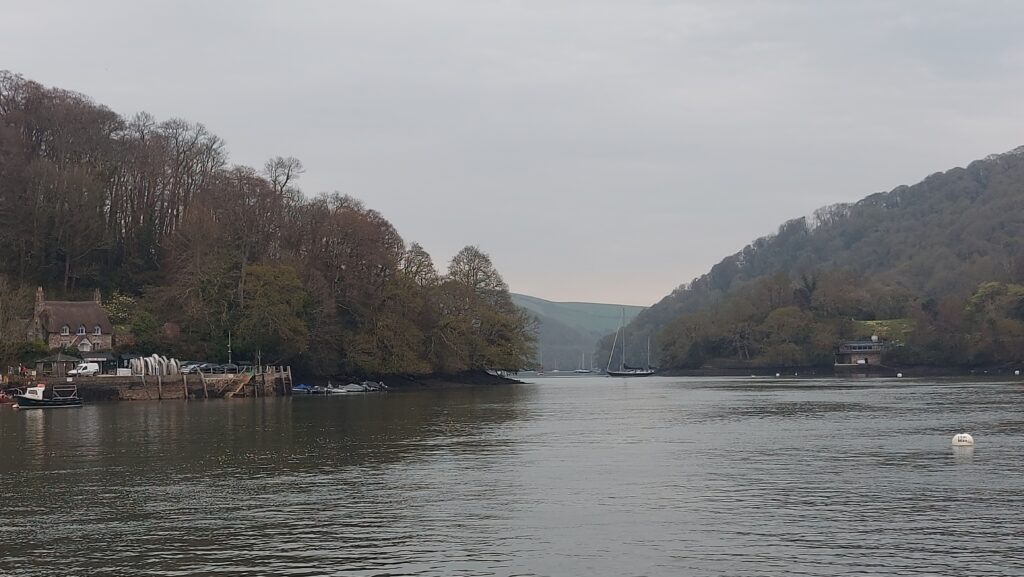
While I was in Dittisham I got to work arranging for the warranty replacement of my chart plotter. I wanted to spend the day in Dartmouth anyway, so I arranged to drop in at the local Raymarine dealers at Darthaven Marina. Of course the Easter Bank Holidays would slow the process down, but I had to start somewhere.
Salcombe
After a week at Dittisham, and one night in Kingswear, I moved round to Salcombe. The trip from the river Dart to Salcombe can be a little uncomfortable. To explain why I need to work backwards. In order to get into Salcombe you need to enter the harbour at, or very near to, high tide. There is a sand bar that goes across most of the entrance, and the channel that you can enter by gets shallow. In order to go from the river Dart to Salcombe and arrive at high tide you have to go against the tide all the way, which of course slows you down.
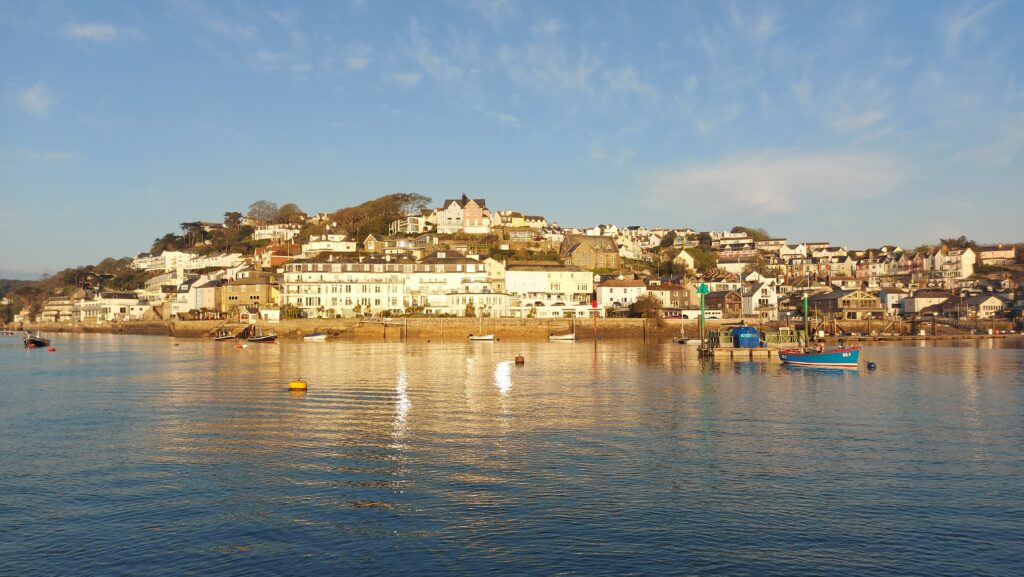
Along the way you have to go around Start Point. Up close this doesn’t look like a particularly big headland, but in the wrong conditions it can have some noticeable overfalls, especially if there are some big waves coming in from the Atlantic and meeting any wind and waves blowing down from the Lyme bay and Torbay areas. Today wasn’t a comfortable trip, but I have vivid memories of sailing round here with my Father many years ago. A lasting impression for all the wrong reasons … luckily I’ve learnt to manage motion sickness much better these days.
In Salcombe I received the news I’d been waiting for. A phone call from the service office at Darthaven marina telling me that Raymarine were satisfied that the chart plotter was faulty and would arrange for a replacement. Now it was just a matter of waiting, however long that will take. It looks like I might be here for a few more days.
